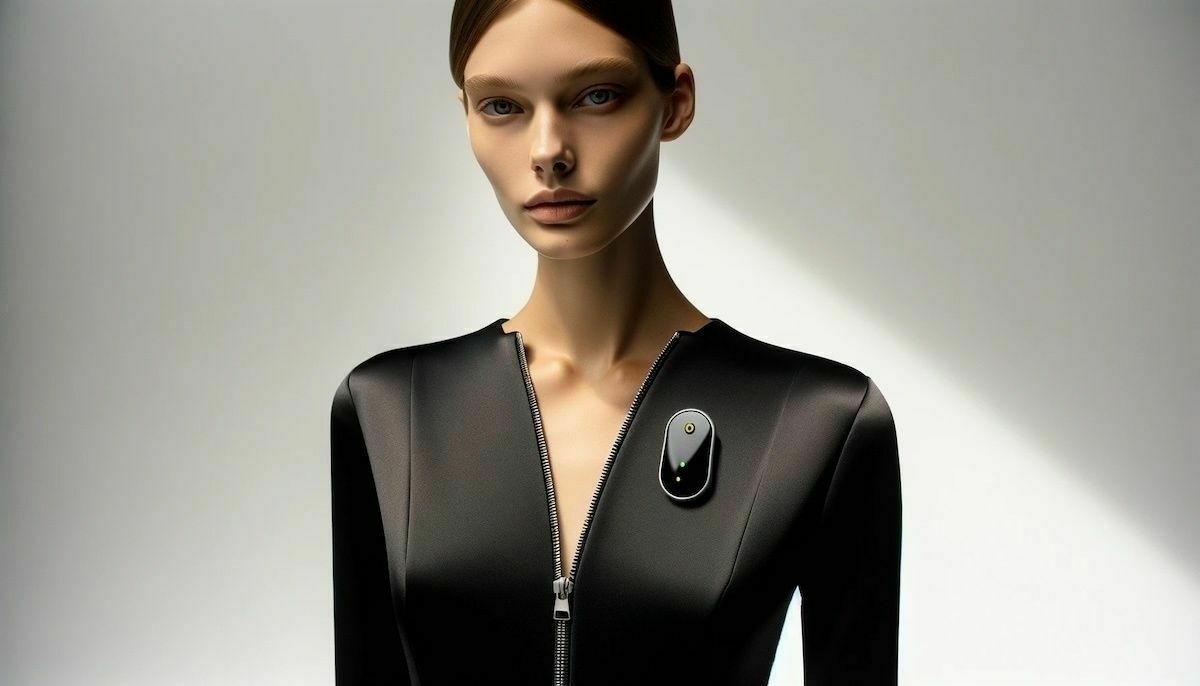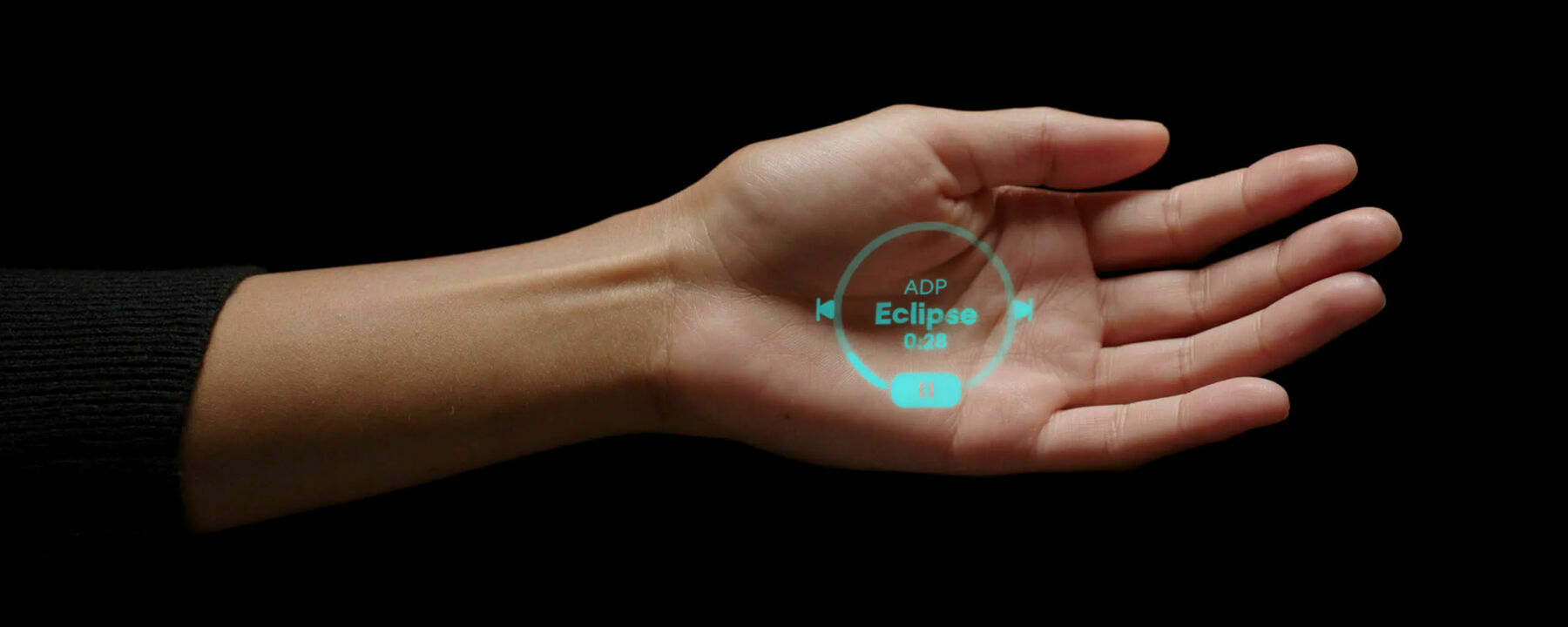There are numerous tech things I am intentionally quiet about. Not because I don’t have thoughts about them, but because I would rather not add to the noise of initial emotion blog posts and hot takes. The Humane AI Pin was one of those things, and while I don’t see it catching on, I think it is a fascinating device because of what it signals.
For years now, technology commentators have been theorising on what comes after the smartphone. It’s explosive success in shaping our lives and how we interact with the world around us is nothing short of remarkable. Although we can debate the positivity of them, there is no denying that the societal changes we have experienced well exceed those caused by similar cultural shifts.

This oblong glass and metal device I am typing this blog post on is nothing short of a technological marvel. One that we could not even dream of a decade ago, yet we are searching for the next thing already. For years, many people have been expecting voice first interaction to become the prominent interaction method. No more typing on screens, you speak to something, and it does the heavy lifting for you. It’s easy to forget this vision of easier interaction with your device and view the Ai Pin from its marketing alone.
Right from the start, the device has been developed and now launched differently to what we expected. There’s nothing wrong with that, but the self-importance of the companies launch video overshadows the entire device. The successfulness of the device aside (I am very much of the opinion it will fall flat on its face) it says a lot about the future of devices. The one seen by technology investors, and how much they differentiate from regular users.
Although voice first interaction hasn’t caught on as quickly as expected, and many devices have had to go back to putting screens on them, there’s still something there. It’s either a dream, or a marketing push, but the voice first idea clings to the back of my mind with a certain level of excitement. It wasn’t until I really thought about the ridiculousness of wearing a pin on my clothes, or the worse possibility of something on my face, that I came to understand the issues as I see them.

The truth is, voice first doesn’t need to be voice only. Now granted, the AI Pin does have an over-engineered laser projector. This requires a series of dexterous gestures to interact, which in itself is enough to pull your phone out and do the same thing in a couple of taps. What they really want you to do is push the button and talk to it. Transmitting everything over the constant internet connection to be interpreted, and a response beamed back to you. Let’s hope you never go out of a reliable signal.
You can issue commands like “catch me up” to be read your latest emails and text messages. A command that I expect won’t return “nothing, no one likes you” but speaks to the kind of person AI wants to market the device to, or perhaps who purchasers wish to be. This is something that may not raise an eyebrow in Silicon Valley circles, but will on your local high street. What companies fail to realise that the acceptability of voice interaction is varied, and this device must sit in the Venn diagram overlap of can talk to a computer and wearing clothes sufficient to sustain “the same weight as a tennis ball”.
I suspect this sits is the same tech douch zone as Juicero, Google Glass and Dyson Zone. The aims of Humane are noble ones, to reduce the time spent using devices that take us away from the world around us. Ensuring that we can use technology in a way that doesn’t impact our attention. Forgetting that there is a far more socially acceptable option of device, one that I am a big fan of—the smartwatch.
After years of wearing an Apple Watch, my preferred interaction method with it, outside simple taps, is by far voice. The watch is already a device people are used to seeing, it fits into life perfectly. There’s nothing on my face and no weird badge sagging my clothes down. I remain convinced it is the best minimalist phone you can buy, and wish it were my main device. I have a feeling that had Humane stated with such a device and then pushed into other areas it may have gone down better, but there is always a desire for something new and different.
A new interaction method takes time to find its space in society, like the smartphone. Some never reach that place and die out like Google Glass, and it remains to be seen how long Humane can hang in there. Working to persuade people that the learning curve is worth it. Voice first and lasers seems like an interesting proposition, but new doesn’t always mean good.
Comments ()